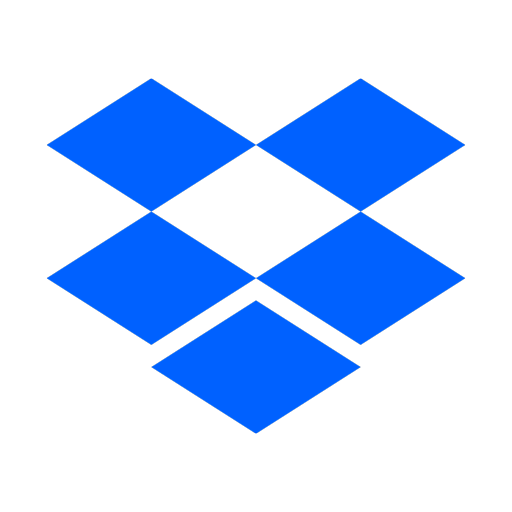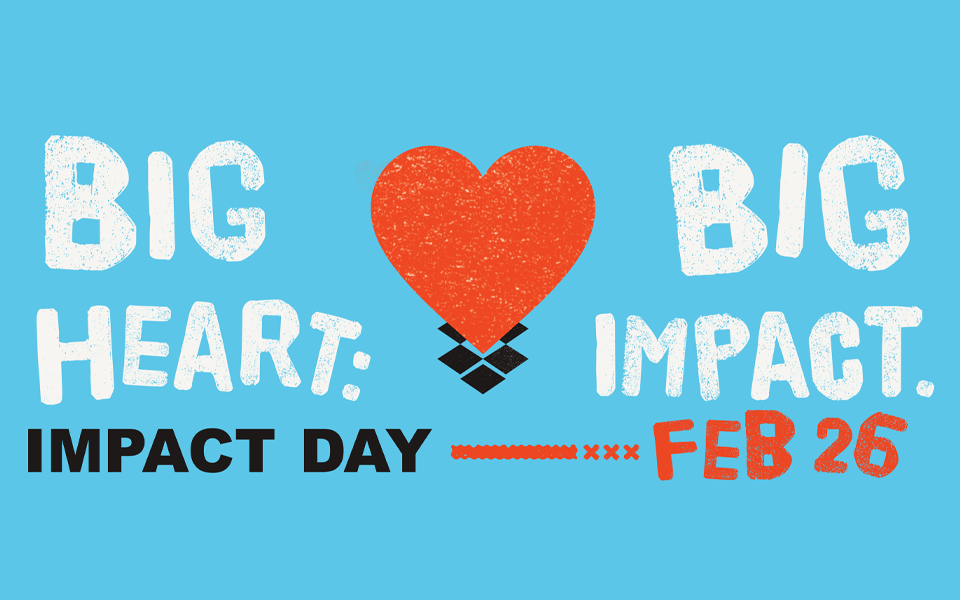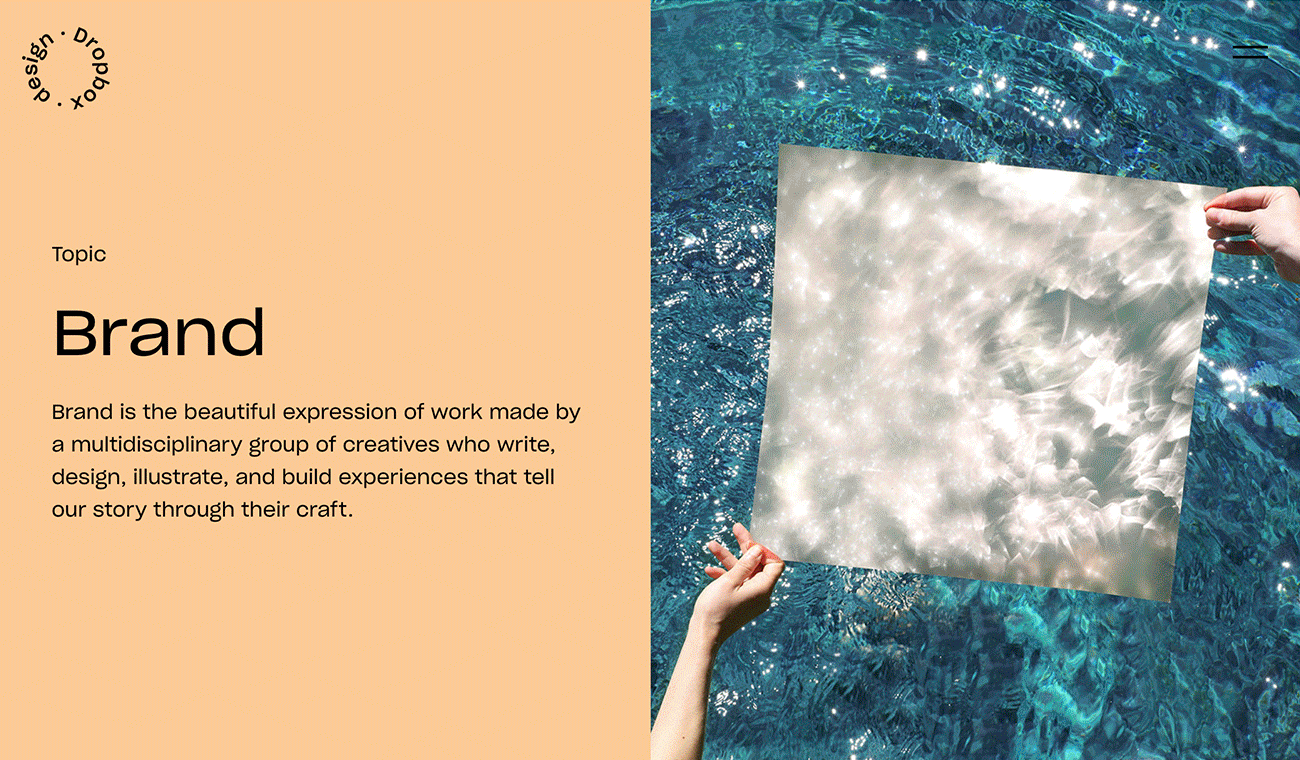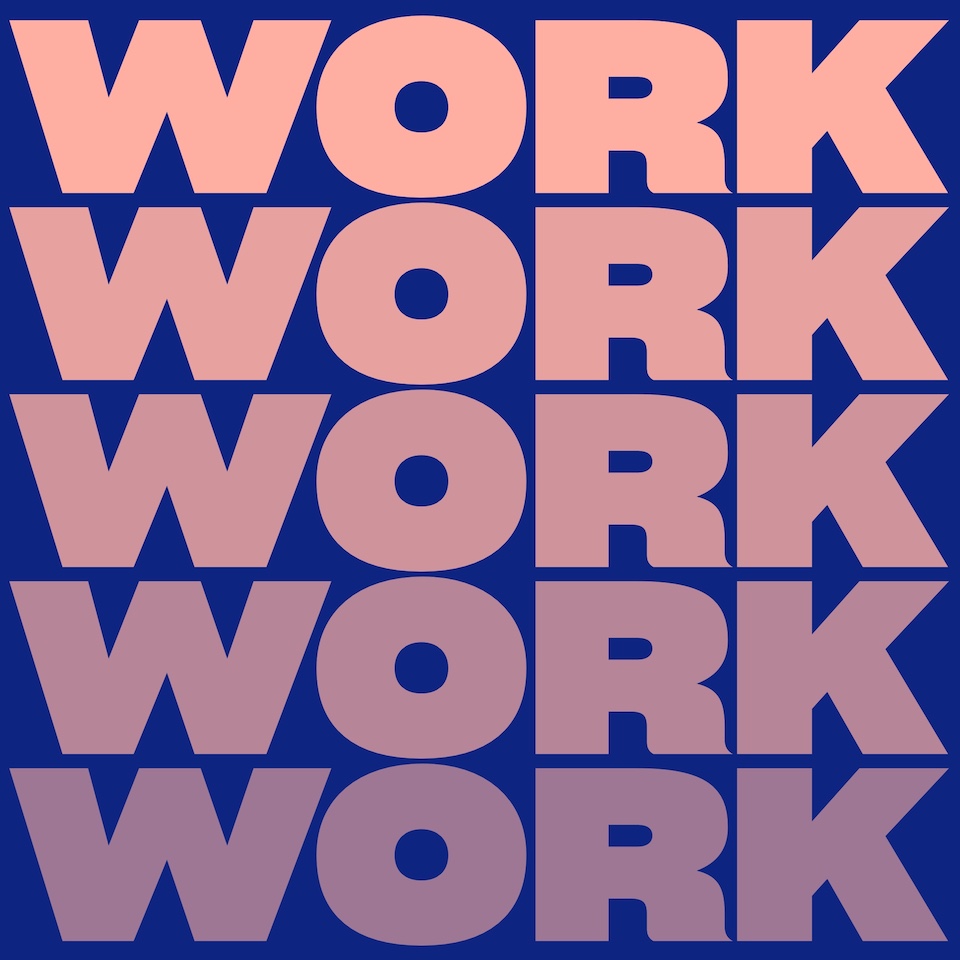
Behind the scenes with the teams who built the new Dropbox
Published on September 05, 2019
Back in September 2018, Sheila Wakida went home one weekend with more than a dozen documents that her colleague Tony Lee had given her. Working weekends at Dropbox is rare, but this was an exception. She needed to read up on all of them and gather her thoughts for him the following Monday. That was the start of what we now know as the new Dropbox.
When we launched the new Dropbox on June 11, it was the biggest change we’d ever made to our product. It’s a single workspace that organizes your content, connects your tools, and brings teams together. The journey started more than a year ago and involved more than 300 Dropboxers from various teams across the company. We talked to some of the key leaders behind these efforts about how they overcame obstacles and worked together to create this entirely new experience.
Tony Lee, VP of Application Engineering, headed the operating team for the new Dropbox—the biggest cross-functional project in Dropbox history.
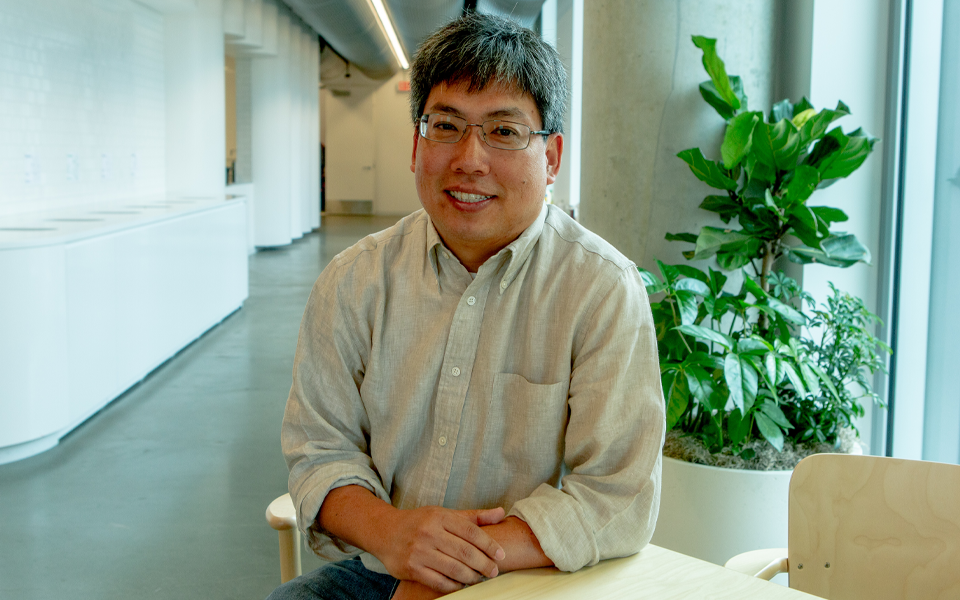
Q: How did you approach a project of this scale?
Tony: First, I had to define some of the key leadership roles around the project. We call them DRIs, the directly responsible individuals. So we had a product DRI, a technical DRI, and an execution DRI. Then we started to fill in those spots and define the roles and responsibilities for them.
One of those roles that Tony needed to fill was the technical program manager. Sheila Wakida’s background in product management made her an ideal candidate to set up the operating framework. Her first step was to pull apart the concepts and get a sense of what they needed to build.

Q: What did you come up with from those documents that you had to read over the weekend?
Sheila: I created a project definition doc and that was really the anchor point where we defined the components of what would comprise this thing that we were building. I also had to think about how to scale this over time. I knew I needed to keep it very fluid, to be able to expand and contract as we went along.
Q: Did anything catch your attention immediately that you needed to flag?
Sheila: I identified four primary work streams and realized that for one stream alone there were 17 other teams that they had dependencies on. It soon became apparent that there would be a lot of teams and intricacies involved. So in order to make sense of it all, I created a visual of what it would look like, which included timelines for delivery, and all of the different dependencies they had at different points on this timeline in order to get us to the June 11 launch date. Then lastly, we needed to nail down the features. What were the expected features that we were looking to build? What were the use cases we were going to try to solve?
Q: What key tools or processes did you put in place to make sure teams were in sync and work was moving forward?
Sheila: There were some unified tools that existed already but they were all being used differently, so we introduced JIRA to unify all the work streams, dependency teams, and all the work that was happening. Nearing launch, I also introduced three different checklists—a product readiness checklist, an engineering readiness checklist, and a go-to-market readiness checklist. The culmination of all these checklists was knowing that we were ready. I also determined early on in the project that it was essential for us to have bi-weekly meetings with the core team so we could share project statuses for all the work streams. These status updates were then shared in the weekly meetings with the leadership. These meetings gave us a forum. We were able to share our progress, blockers, and issues that couldn’t be resolved at the core team level, and they allowed us to ensure consistency with the overall project status.
Tony identified some of those conflicts and challenges early on and came up with what he thought were the best solutions. But he learned that not all his recommendations worked at first, some took some time to adopt, and others had to be customized to fit each group’s needs.
Tony: The biggest problem was we weren’t set up to run a project of this scale. We had to get everyone using the same tools and talking in the same language. We had to invent a cadence of meetings and updates. For example, we pulled different groups of people to do weekly updates, and that became the way to keep everyone in sync. But that was hard because a weekly meeting over ten months was a lot of meeting time for people. However, these meetings gave us a single point of contact for each of the functional areas, because otherwise it's chaos. And I think the important thing that we learned is to really leverage that single point of contact.
When it came to building features for the new Dropbox, Senior Principal Engineer Pierpaolo Baccichet had to make some challenging decisions along the entire way, but he held true to his beliefs about working with different teams of engineers.

Q: How would you describe your leadership style and how did it come into play in this project?
Pierpaolo: My philosophy is to have teams define innovation with respect to what they themselves would want to see in a good product. I’m a firm believer in that. Ultimately every team, every engineer, has had the ability to drive their own development cycle, from code review and coding guidelines, to the actual act of releasing the feature. They could create their own path of development experience, but they all had dashboards that everybody on the team could look at and understand. And so you have to trust the teams, but also be able to verify their work. And that worked out pretty well.
Q: Talk about how taking calculated risks actually helped avoid chaos.
Pierpaolo: As a team, we had to have a common understanding of the risks that we were taking. Trying to pick the few risks that you want to make very explicit and say, “Ok, I’m making this decision. We’re going to take that risk. It’s my call. I will take the accountability.” A lot of those risks involved trade-offs. Recognizing and communicating that there would be trade-offs was absolutely crucial because otherwise you get too close to the deadlines when everybody will raise red flags and ask questions. If you didn’t communicate those decisions that involved trade-offs, then you’d have an organization that would become chaos at the last minute.
The Brand Studio team’s job is to set a distinct vision for the aesthetic and voice of Dropbox, create style guides to keep the brand consistent and excellent over time, write and design mission statements, ad campaigns, and more to show the uniqueness of the Dropbox brand. Galina Mishnyakova is the executive producer and she had to make sure that her team of producers would be plugged in at the right point of the process so they could deliver all the new feature pages on time.
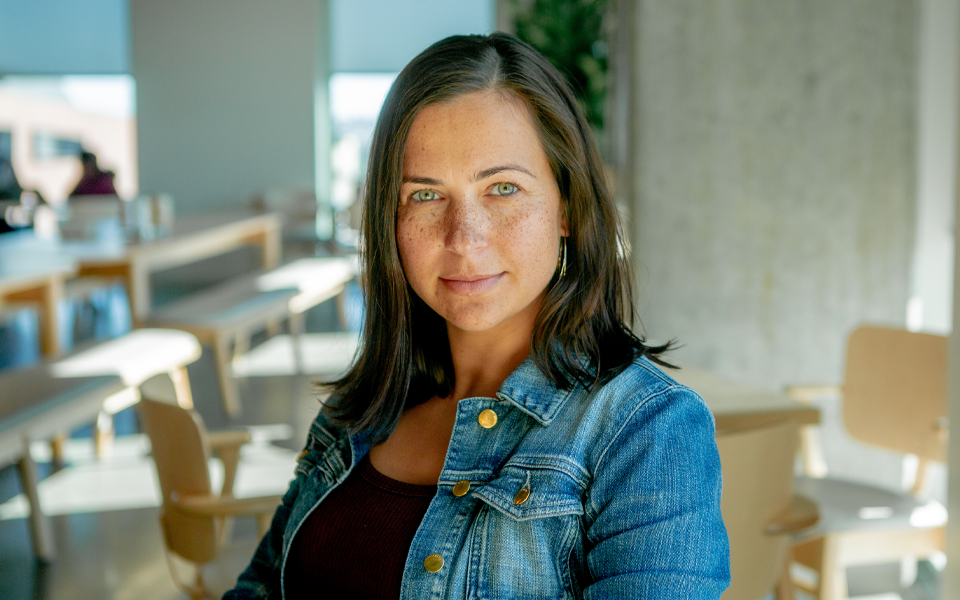
Q: What does it take to create these kinds of assets?
Galina: A killer team that is 100% in sync. We dedicated a small team per deliverable—a producer and a creative lead as drivers, and then people to execute, whether it was a writer, a strategist, a designer, or a production company. From a production point of view, we had some of the fastest turnarounds ever that our team was asked to deliver in order to meet deadlines.
Q: So how did you navigate those quick turnarounds?
Galina: We have really skilled producers who know how to orchestrate the process in the most efficient ways and extremely talented creatives who know the Dropbox brand really well. Another key thing was to plan five steps ahead, and to take things into consideration like if a meeting didn’t go well, we had to have a plan b, plan c, etc. in order to move forward. And of course we had to be smart with the time we had and make every hour count even if it involved late nights, early mornings, and weekends.
Q: Looking back, what was the biggest challenge creatively?
Galina: Creative relies heavily on messaging because we are storytellers, so whenever messaging changed, we would have to be flexible and agile and make changes in our work. So working in parallel to make sure that we met the deadlines as the narrative and messaging were still changing and being developed I think was one of the most challenging things our team was tasked to overcome.
When it came time to think about the overall marketing strategy, Allison Goffman, marketing lead for the new Dropbox, had to keep a lot of considerations in mind.
Q: How do you even begin to frame it all from a marketing perspective?
Allison: There are questions you have to think about, like, who are you building this for? How do you price and package? How do we go to market? How big do you make it? Is this a big splash? Do we phase it?, etc. And then obviously we don’t drive those questions alone, so we work with a lot of cross-functional teams. After lots of data and internal conversations, we provide recommendations to the larger leadership team and then come to conclusions.
Q: Describe the range of teams involved.
Allison: There was a core team for the new Dropbox that was around 50 people. But those 50 people all had sub-teams they were managing, with members from product, engineering, design, and design research. We worked with some content writers and content strategists to help us think through how to build out the narrative to be able to show it in focus groups, or build it out for executives to review. We worked with the pricing and packaging team as we were thinking about the pricing strategy. Then there’s Brand Studio, Market Research, and Comms, and the list goes on.
Q: How did you decide what we ended up saying to the public about the new Dropbox?
Allison: There are two parts. The narrative and the messaging. The narrative is overall at the company level, what is the story? What are the problems that we’re trying to solve? How does this fit overall under our corporate strategy and our mission? Messaging very much flows from the narrative. They go hand in hand. Messaging is the next click down where you have several key pillars and all the features you build should align to those pillars, which, in this case, was bringing together your content, your tools, and your teams.
All of the hard work of the various teams over the course of more than a year culminated in a global launch on June 11th where we released the new Dropbox experience in Early Access. Naman Khan, VP of Product Marketing, leads the team that connects product with go-to-market strategy.
Q: What prep work was involved in putting on a press event like this?
Naman: A lot of work that our team does takes place well before event day. However, there were several areas where we plugged in to the launch day itself. One of the areas we spent time on was working with our partners in product management to build out the live demo. This involved developing a storyline based on the product messaging framework, assembling a demo script, and iterating on lots of rehearsals to get the message and timing just right. We even wove in a real customer story to position our value proposition within the demo itself. We were very happy with the end result and received great feedback from our press and analyst community.
Q: Would you say this launch was a success? And if so, what do you think made it successful?
Naman: Yes, and the honest answer is just hard work, patience, and a great team of people. We’re an agile organization, we move fast, and we’re entrepreneurial. Everyone on the launch team had the ability to help drive the direction of the launch, if you thought we should demo it this way or talk about it that way, you had a platform to do just that. We saw great participation and engagement from the team and there was a lot of latitude for people to contribute and bring their ideas. We have a really innovative and collaborative culture at Dropbox and that’s what really drove the success of this launch!
